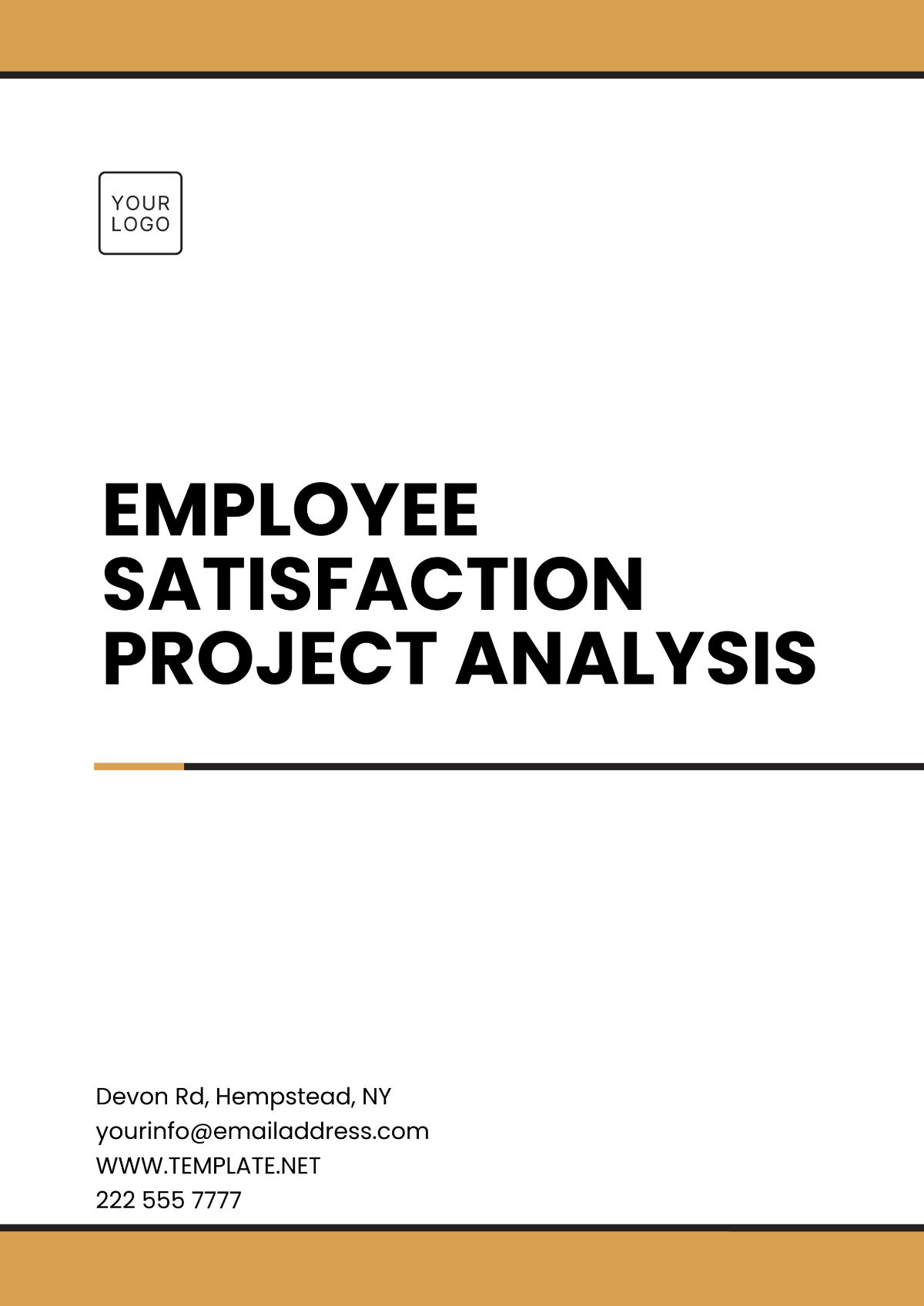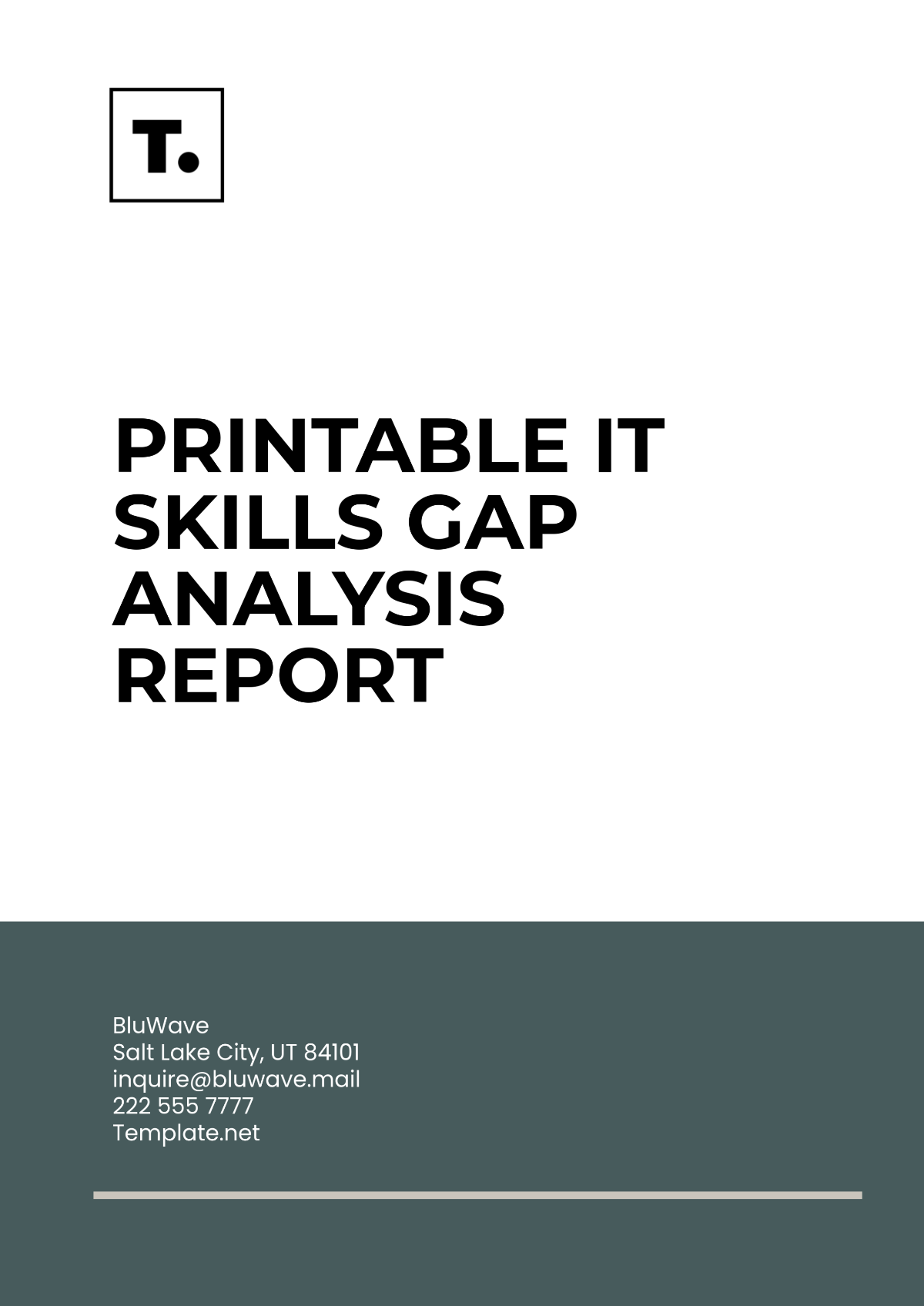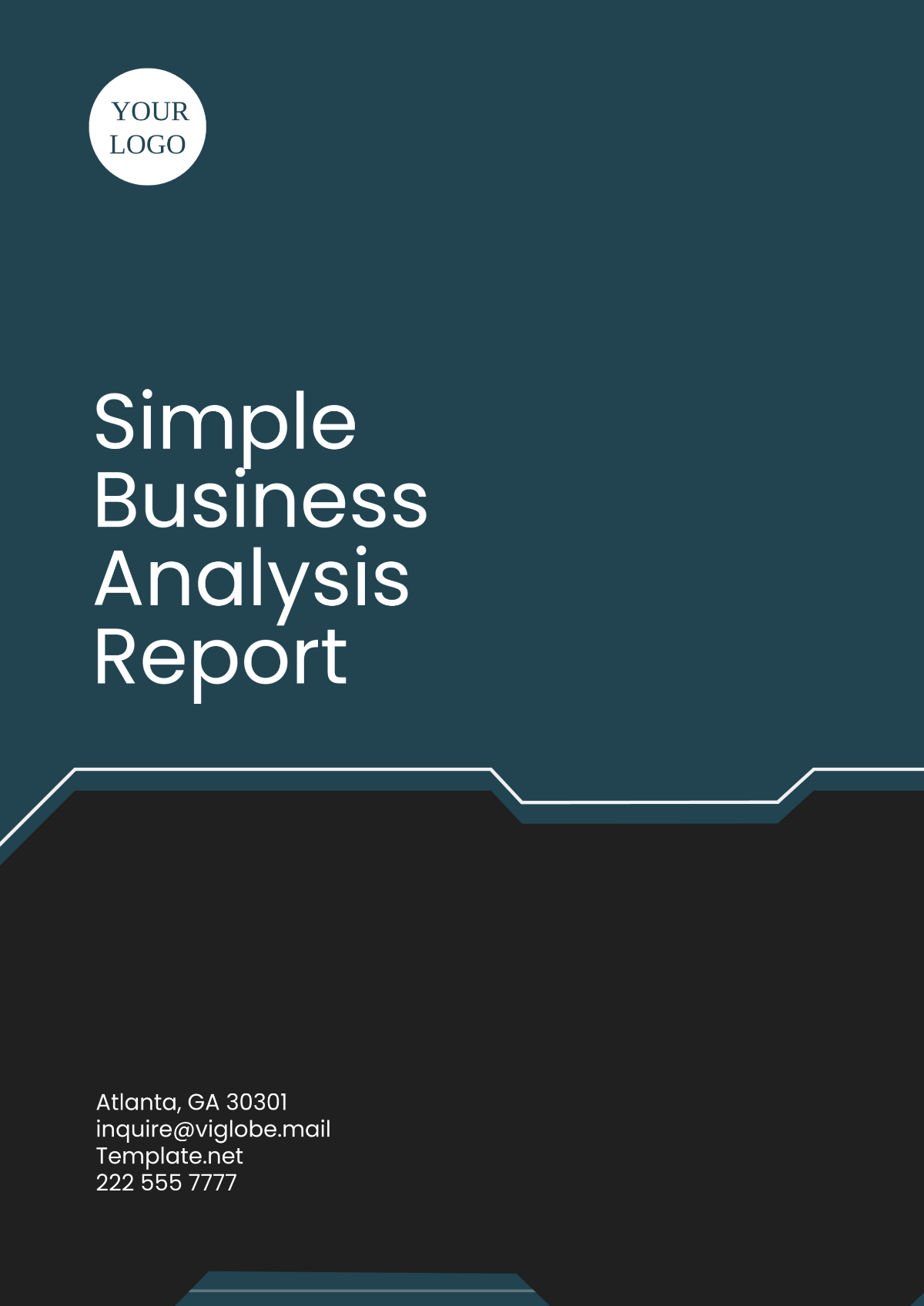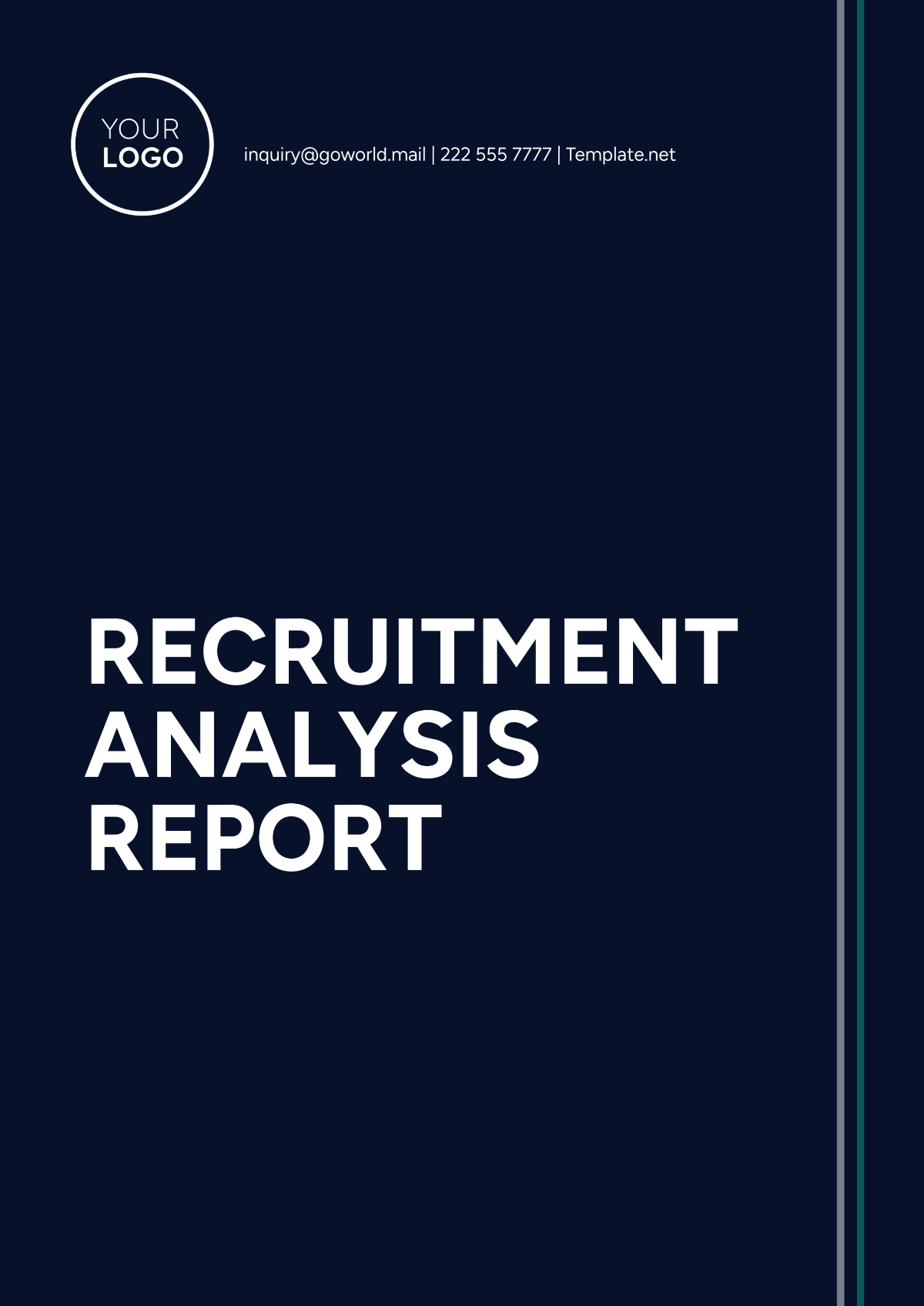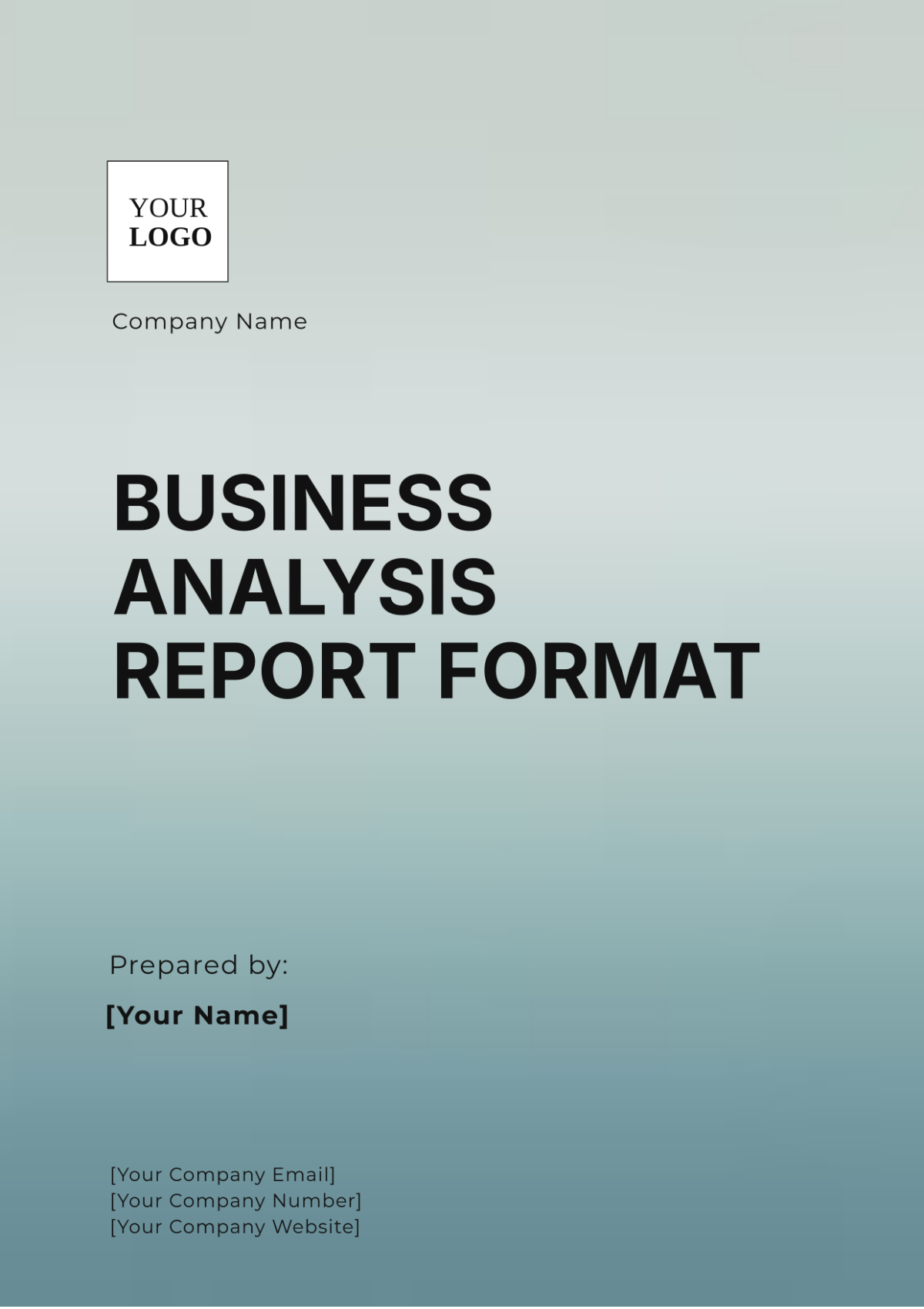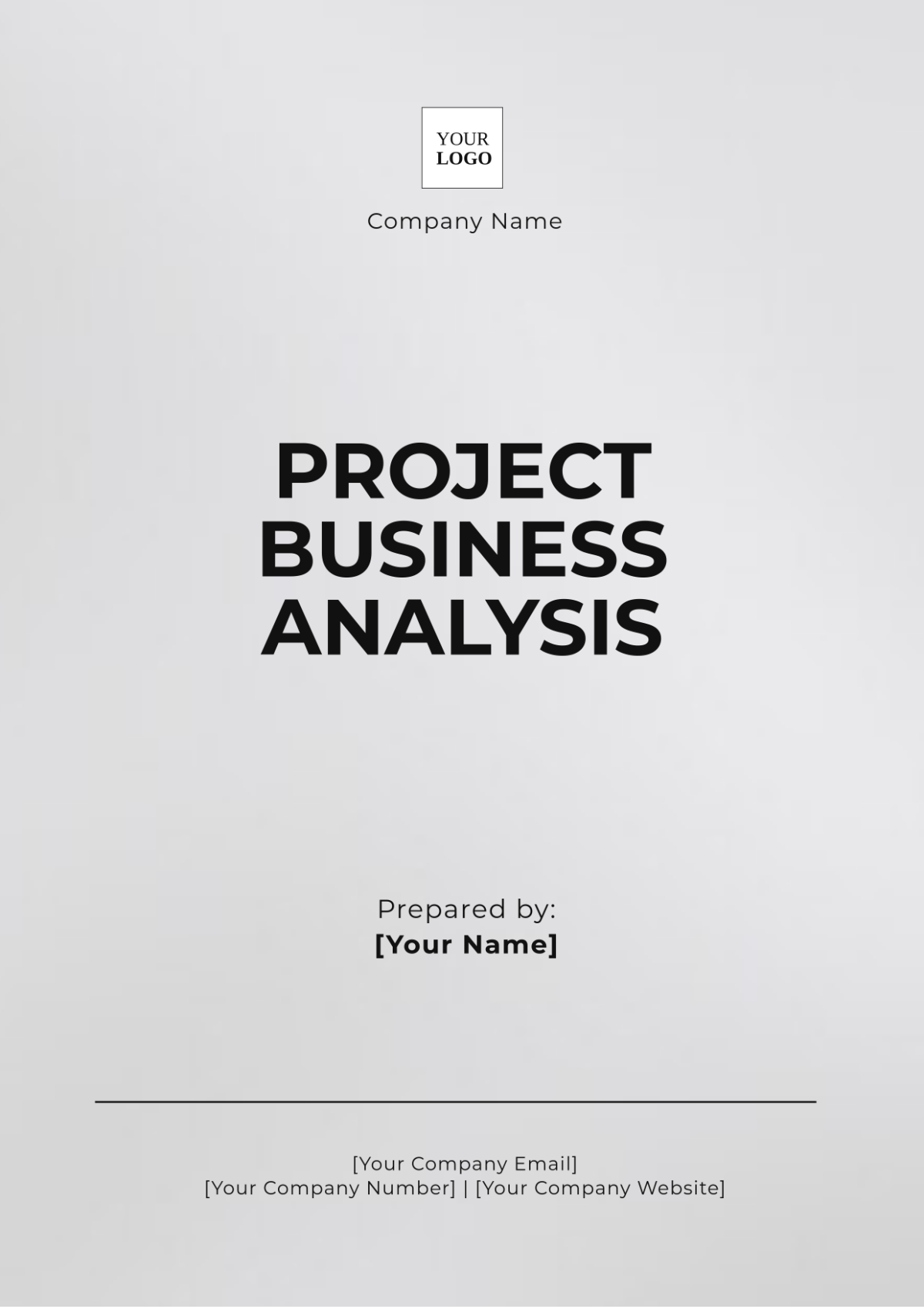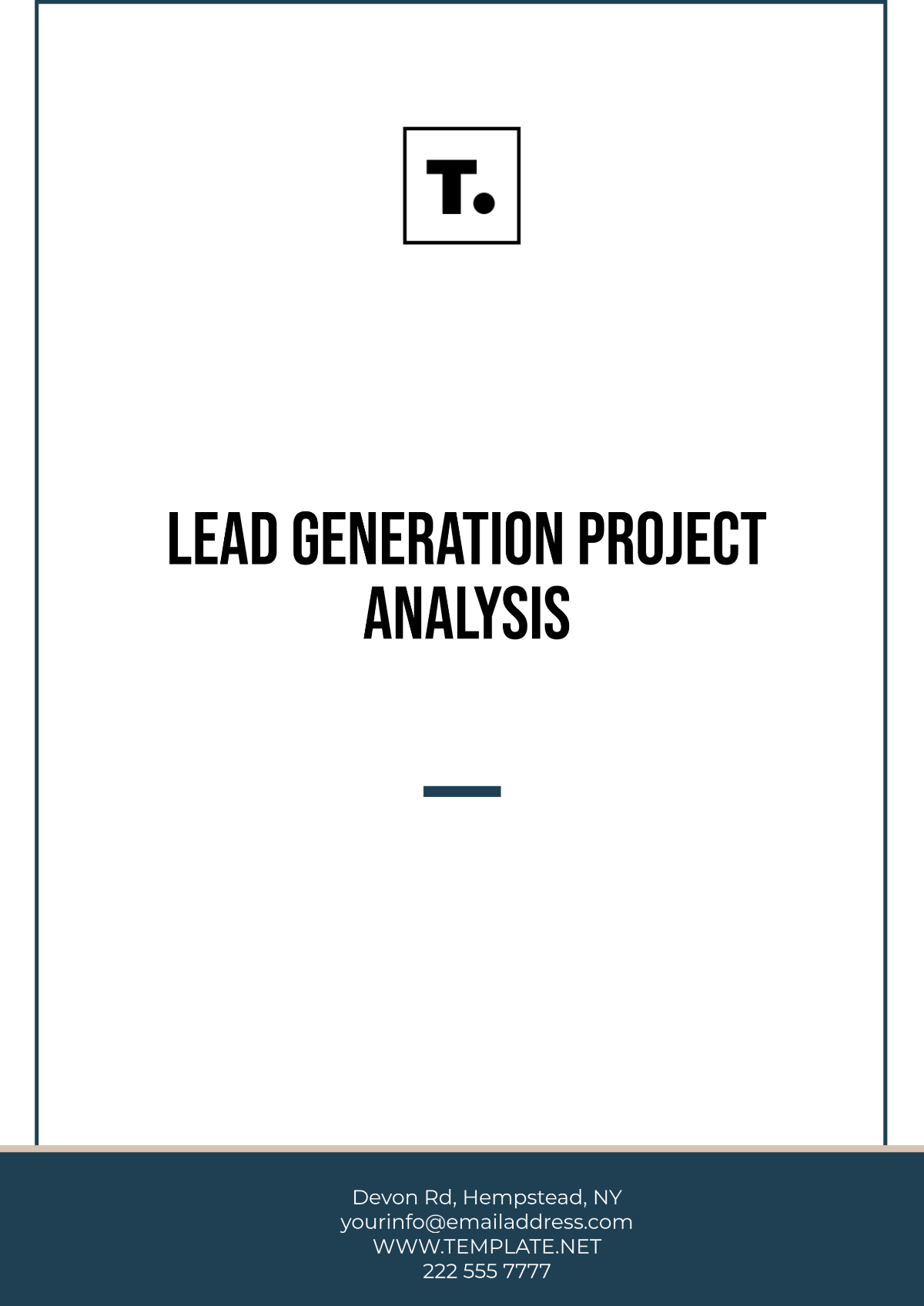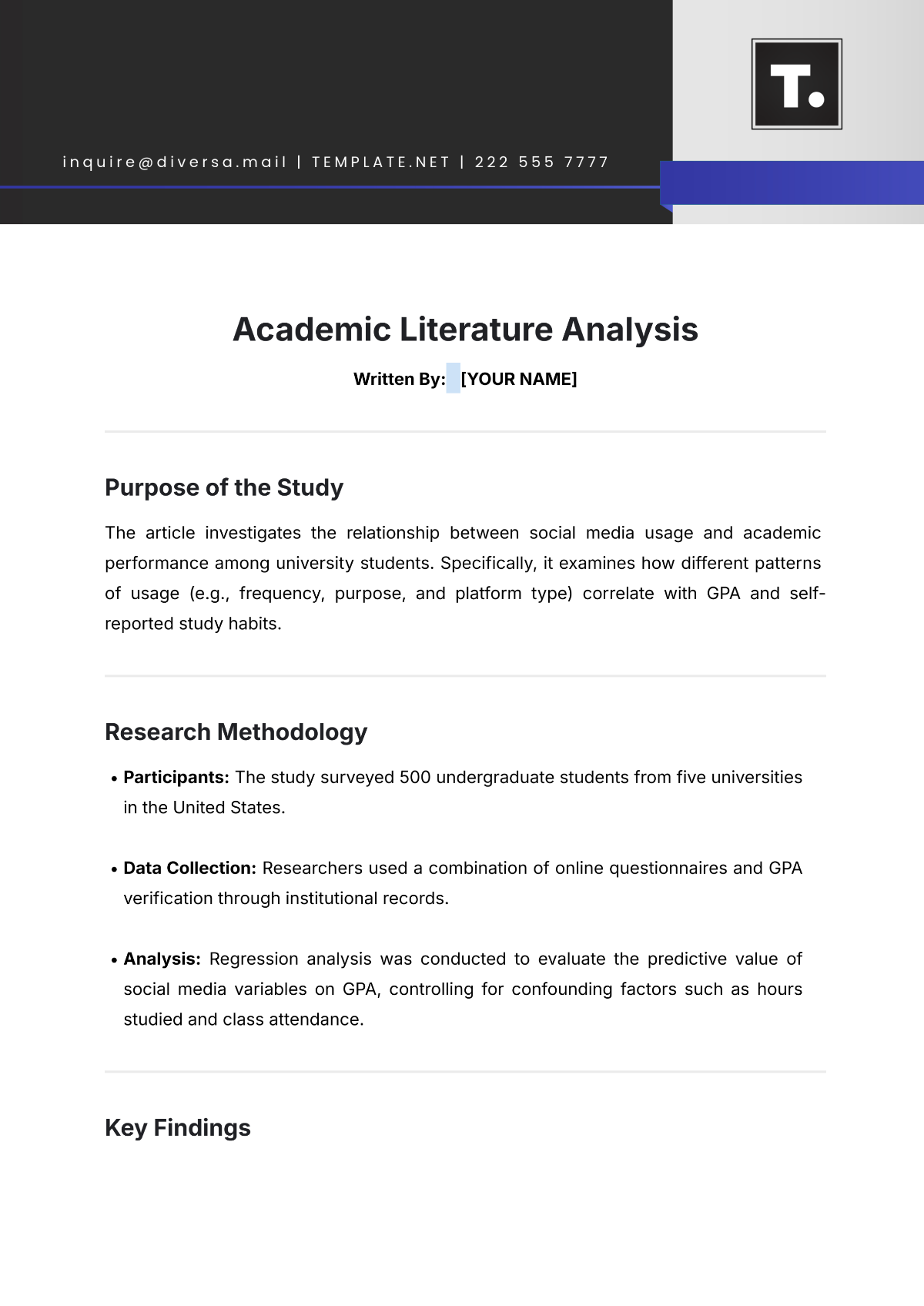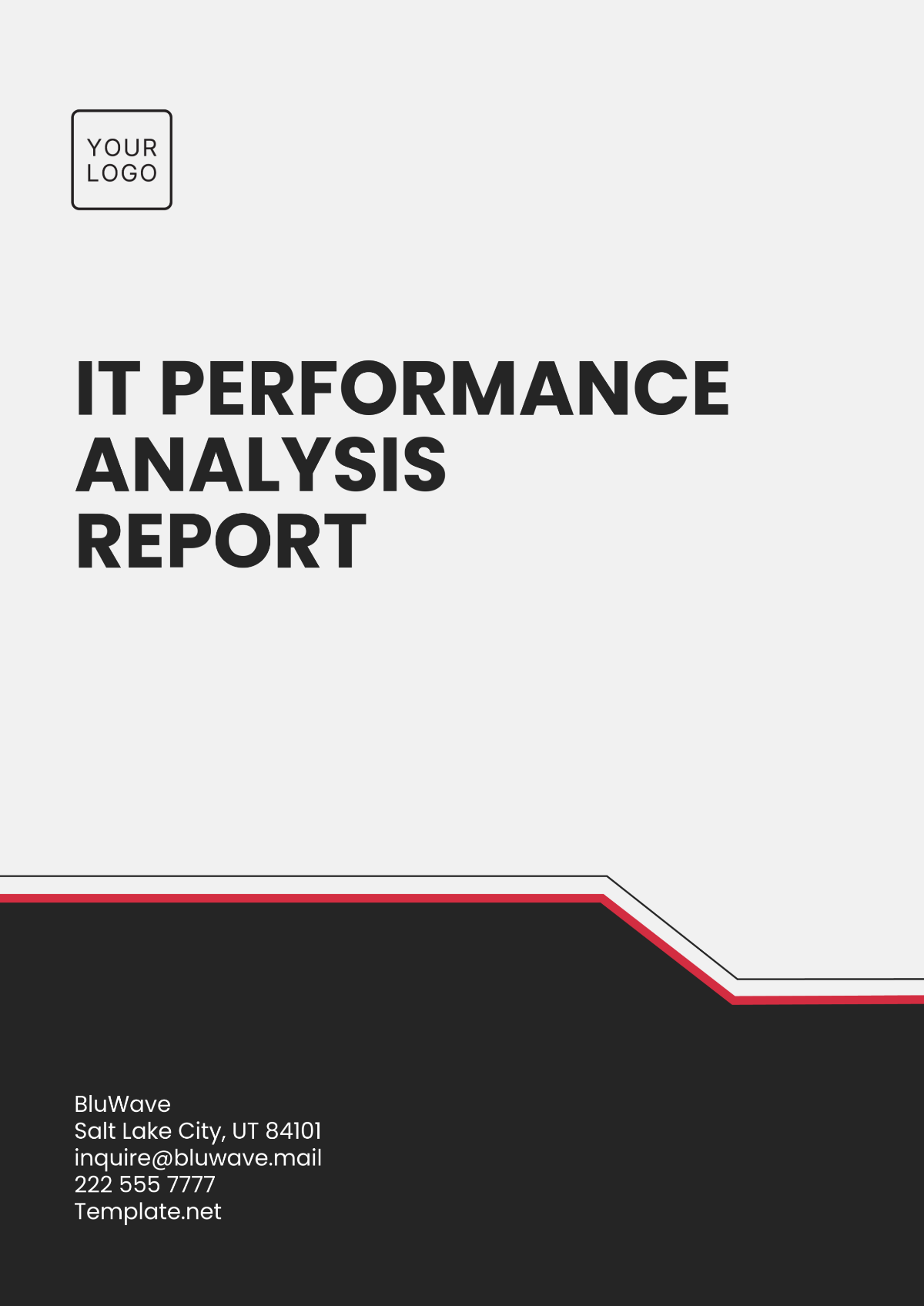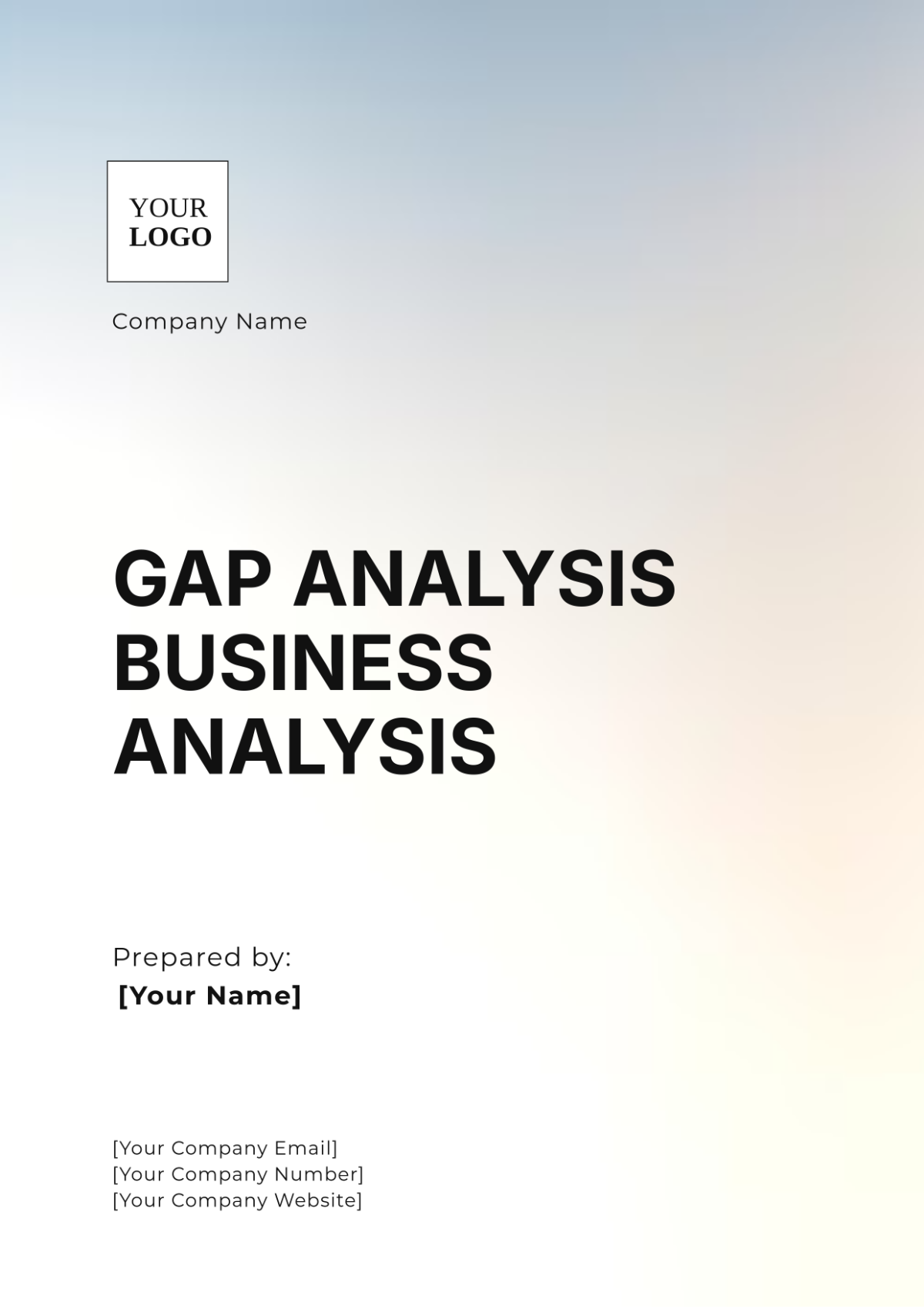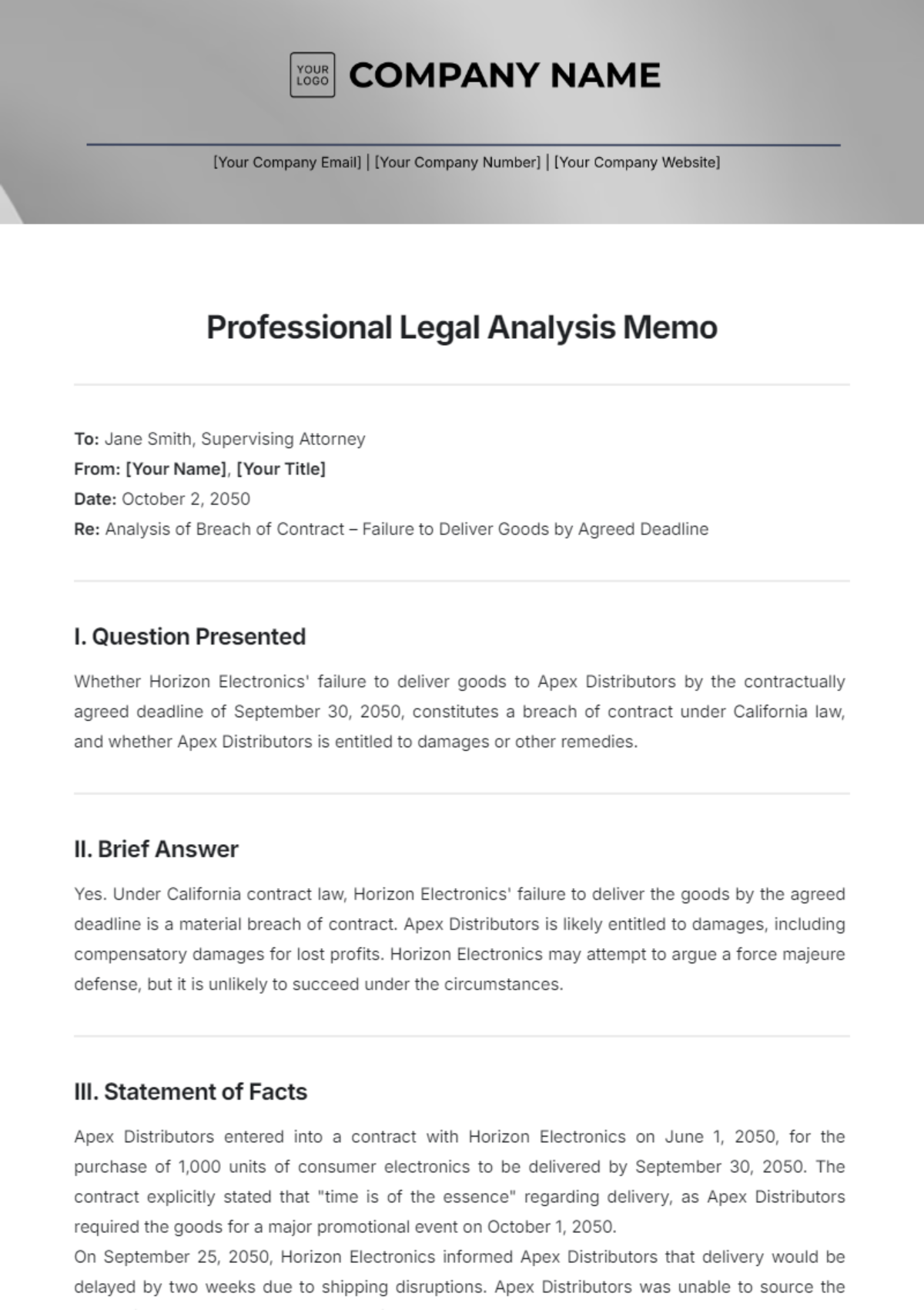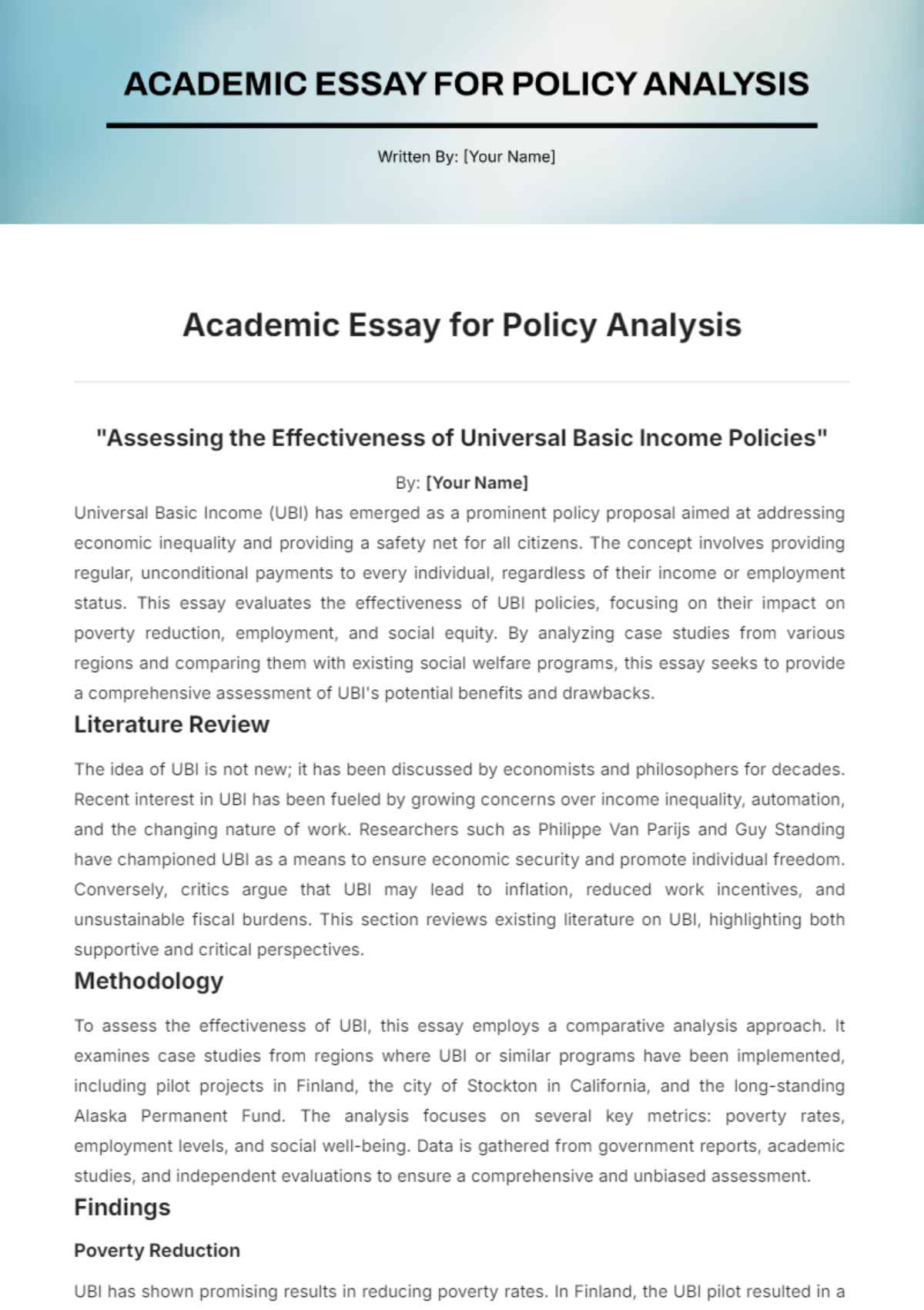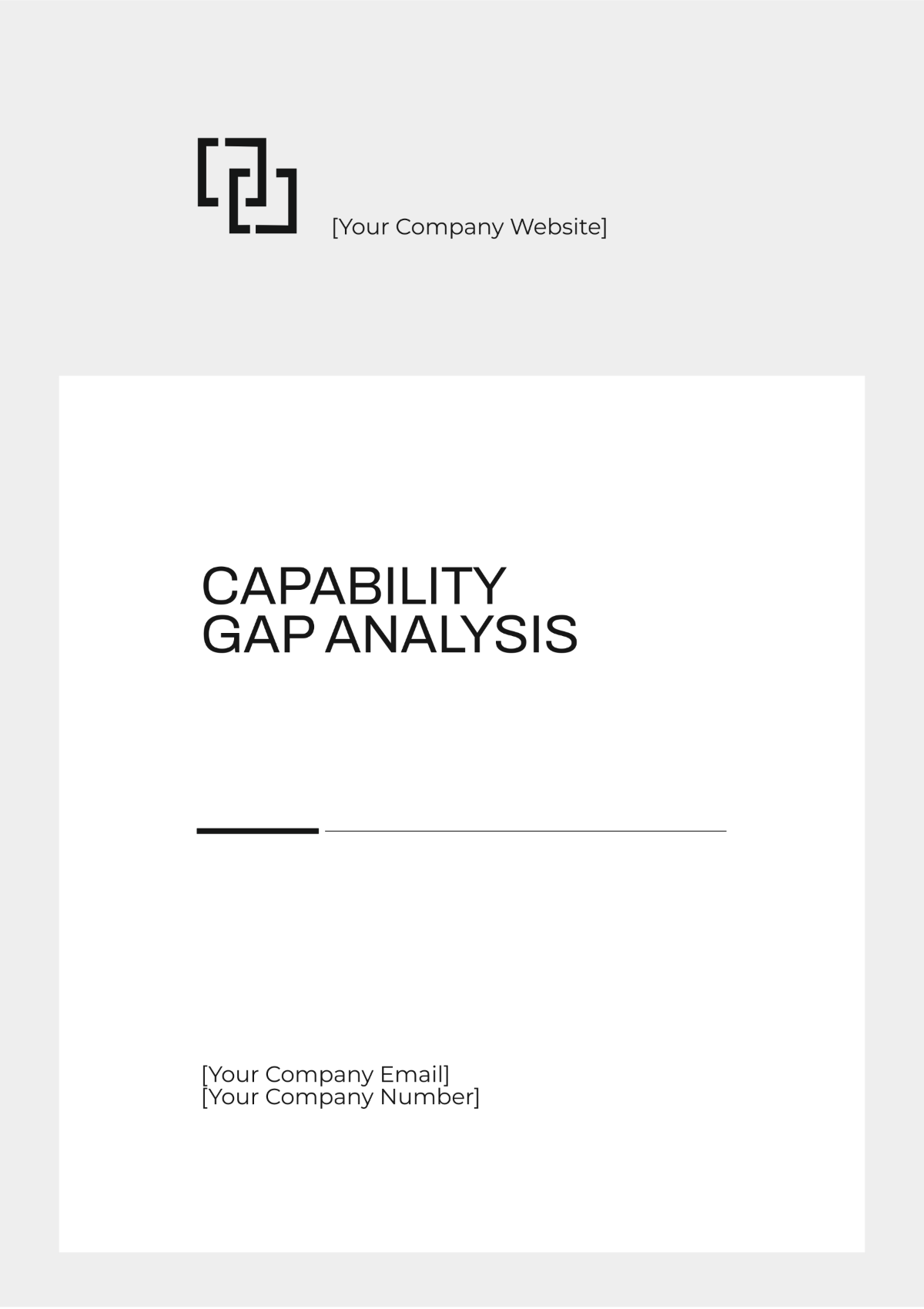Discourse Analysis
Prepared By: [YOUR NAME]
Date: [DATE]
I. Introduction
Discourse analysis is a research method used to study written or spoken language in its social and cultural context. This study aims to investigate the patterns and themes present in language use within a specific community, focusing on how these patterns reveal underlying social norms, power dynamics, and cultural values. The significance of this research lies in its potential to uncover the implicit and explicit ways language shapes and reflects societal structures.
II. Literature Review
A substantial body of research has been conducted on discourse analysis, with various theoretical frameworks providing critical insights into the methodology and interpretation of language data. Key theories include:
Critical Discourse Analysis (CDA): Developed by scholars like Norman Fairclough and Teun A. van Dijk, CDA examines the role of discourse in enacting, reproducing, and resisting social power abuse, dominance, and inequality.
Conversational Analysis (CA): Harvey Sacks, Emanuel Schegloff, and Gail Jefferson pioneered CA, focusing on the structures and patterns of talk in interaction, emphasizing turn-taking, repair mechanisms, and sequence organization.
Pragmatics: Developed by thinkers such as H.P. Grice and John Searle, pragmatics studies how context influences the interpretation of meaning, encompassing speech acts, implicatures, and politeness theories.
III. Methodology
A. Data Collection
Recorded Conversations: Capture audio or video of conversations within the target community across different contexts to reflect natural language use.
Transcriptions of Naturalistic Interactions: Create verbatim transcriptions of recorded interactions, including annotations for non-verbal cues like pauses and intonation.
Collection of Written Texts: Gather a variety of written materials from the community, such as formal documents, emails, and informal communications, to cover different genres and purposes.
Social Media Posts: Collect posts from social media platforms, including status updates, comments, and threads, to analyze contemporary language and social interactions.
B. Data Analysis
The process of conducting the analysis was comprised of a series of distinct steps:
Transcription: Produce accurate, detailed transcriptions of spoken data, ensuring that all verbal nuances and non-verbal cues, such as pauses and intonation, are captured.
Hypothesis Formation: Develop preliminary hypotheses by analyzing initial readings of the transcriptions to identify potential patterns, trends, and themes.
Data Coding: Implement a systematic coding process to categorize and tag recurring themes and linguistic features within the transcripts, facilitating structured data analysis.
Thematic Analysis: Organize coded data into broader themes to interpret their significance and implications within the social context of the study, revealing deeper insights into discourse patterns.
IV. Data Analysis
A. Patterns
Use of Metaphors: Metaphors were frequently employed as a literary tool or figure of speech to convey complex ideas clearly and succinctly.
Politeness Strategies: Strategies such as hedging and honorifics were used to manage social relationships and face needs.
Power Dynamics: Language choices often revealed power imbalances, with dominant speakers using direct language and subordinate speakers employing more deferential speech forms.
B. Themes
Theme | Description |
|---|---|
Identity and Group Membership |
|
Conflict and Negotiation |
|
Gender and Language |
|
V. Discussion
The findings of this discourse analysis provide several insights into how language functions in the social context studied:
Social Norms and Values: The use of specific linguistic forms illustrates the community's underlying social norms and values. For instance, the frequent use of politeness strategies indicates a cultural emphasis on respect and social harmony.
Power and Authority: The analysis of power dynamics in conversations reveals how authority is asserted and challenged. Dominant individuals typically employ more straightforward and assertive language, while others may use mitigated forms to indicate deference.
Identity Construction: Language serves as a key tool for constructing and negotiating social identities, with speakers using specific terms and structures to align themselves with particular groups or to differentiate themselves from others.
VI. Conclusion
This discourse analysis sheds light on the intricate relationship between language and social processes within the studied community. The key insights include how language reflects and reinforces social norms, power structures, and identities. Future research could further explore these dynamics in different contexts or investigate how these patterns evolve.
Recommendations for practitioners include leveraging these insights to develop communication strategies that are sensitive to the social dynamics reflected in language use, potentially aiding in conflict resolution, community building, and cross-cultural communication efforts.
VII. References
Fairclough, N. (2055). Critical Discourse Analysis. Longman.
Grice, H. P. (2055). Logic and conversation. In Syntax and Semantics, 3, 41-58.
Sacks, H., Schegloff, E. A., & Jefferson, G. (2054). The simplest systematics for the organization of turn-taking for conversation. Language, 50(4), 696-735.
van Dijk, T. A. (2053). Principles of critical discourse analysis. Discourse & Society, 4(2), 249-283.















